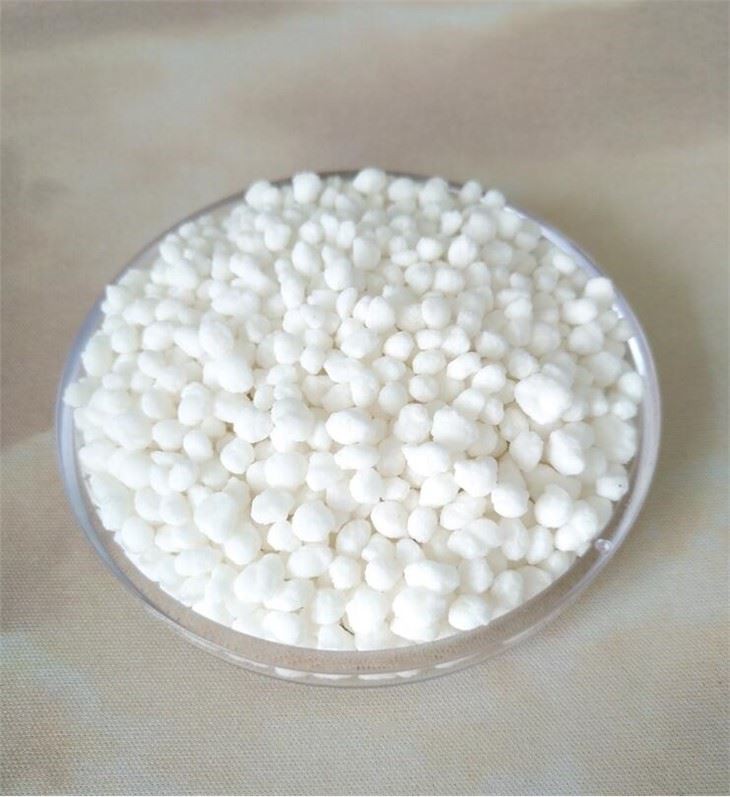



Sodium Chlorite and Chlorine Dioxide in Water Treatment Applications and Safety Considerations
Understanding Sodium Chlorite and Chlorine Dioxide Applications and Safety Measures
Sodium chlorite (NaClO2) and chlorine dioxide (ClO2) are chemical compounds that have garnered attention for their various applications, particularly in disinfection and water treatment processes. While they are often mentioned in conjunction, understanding their distinct properties, safety considerations, and uses is crucial for anyone interested in chemistry or industrial applications.
Properties and Production
Sodium chlorite is a stable chemical often recognized for its use as a bleaching agent and as a precursor to chlorine dioxide. It is typically synthesized by reacting chlorine with sodium hydroxide in a controlled environment. The resultant sodium chlorite can be further converted into chlorine dioxide through a redox reaction.
Chlorine dioxide, on the other hand, is a yellow-green gas at room temperature, and is more soluble in water than chlorine
. It is generated from sodium chlorite by an acidification process, often with hydrochloric acid. Chlorine dioxide is a powerful oxidant and is highly effective at killing bacteria, viruses, and other pathogens, making it a preferred choice in water treatment facilities and industrial cleaning processes.Applications
One of the most prominent applications of sodium chlorite and chlorine dioxide is in the water treatment industry. Chlorine dioxide is particularly favored over traditional chlorine for disinfecting drinking water, as it does not produce harmful disinfection byproducts, which can pose health risks. This makes it an effective solution for municipalities aiming to provide safe and clean drinking water.
sodium chlorite and chlorine dioxide

In addition to water treatment, chlorine dioxide is used in food processing as a disinfectant, ensuring that food contact surfaces are sanitized without leaving toxic residues. Due to its effectiveness in controlling microbial growth, it is also used in various industrial applications, including textiles, pulp and paper production, and in the oil and gas industry for the removal of sulfur compounds.
Sodium chlorite is also utilized in the medical field. It has been investigated for its potential in disinfecting surgical instruments and surfaces, reducing the spread of infections within healthcare settings. However, its use in human consumption, often touted in some alternative medicine circles, should be approached with caution and skepticism due to safety concerns.
Safety Considerations
The applications of sodium chlorite and chlorine dioxide must be balanced with an awareness of safety considerations. Both compounds are classified as hazardous materials. Sodium chlorite can cause irritation to the skin, eyes, and respiratory system, while chlorine dioxide is considered to have a higher toxicity. Adequate protective measures, including personal protective equipment, proper ventilation, and handling protocols, should be strictly followed in any setting where these chemicals are used.
The regulatory landscape surrounding these chemicals varies by region. In the United States, chlorine dioxide is approved for use in drinking water treatment, but its direct use in food processing is regulated by the Food and Drug Administration (FDA). It's essential for industries that utilize these chemicals to remain compliant with local regulations and guidelines to ensure safety and efficacy.
Conclusion
Sodium chlorite and chlorine dioxide play significant roles in various industries, particularly in disinfection and water treatment. Their efficacy as antimicrobial agents is well-documented, but safety considerations must remain a priority when handling these substances. As with many chemicals, responsible use, adherence to safety protocols, and a thorough understanding of their properties are essential for maximizing benefits while minimizing risks. As research and technology continue to advance, the applications of these compounds may expand, opening new avenues for their use while emphasizing the importance of safety and compliance in all areas of application.
-
Why Sodium Persulfate Is Everywhere NowNewsJul.07,2025
-
Why Polyacrylamide Is in High DemandNewsJul.07,2025
-
Understanding Paint Chemicals and Their ApplicationsNewsJul.07,2025
-
Smart Use Of Mining ChemicalsNewsJul.07,2025
-
Practical Uses of Potassium MonopersulfateNewsJul.07,2025
-
Agrochemicals In Real FarmingNewsJul.07,2025
-
Sodium Chlorite Hot UsesNewsJul.01,2025










